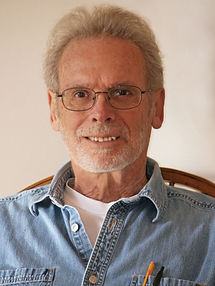
Edward P. Wenzel has worked in the power supply design and development area for more than 40 years. He has patents and written application notes in the power supply field. He has also written technical papers for EDN and other publications most recently on LED current balancing techniques and LED drivers.
Edward holds a bachelor’s degree in electrical engineering, E’68, from Northeastern University (Boston, MA). He retired from IBM and later worked for STMicroelectronics. He is now retired and living in Apex, North Carolina.
Background
The accepted solution to Fermat’s Last Theorem, by Andrew Wiles, contains mathematics at a much higher level than non-math majors can comprehend (modularity theorem for semi stable elliptic curves). From my background as an Electrical Engineer, solutions to specifications are basically cost effective. This translates into a “simple solution” with fewer components, higher reliability, that are smaller, lighter and cost less.
I thought about a simple solution using basic math. After reviewing Pythagoras’s theorem, a solution was developed by only using algebra. This proof may not be comprehensive but it may give insight that complicated problems may be solved with simple solutions - or it could be an interesting algebra exercise!
About The Author
Ed's Fermat Solution?
